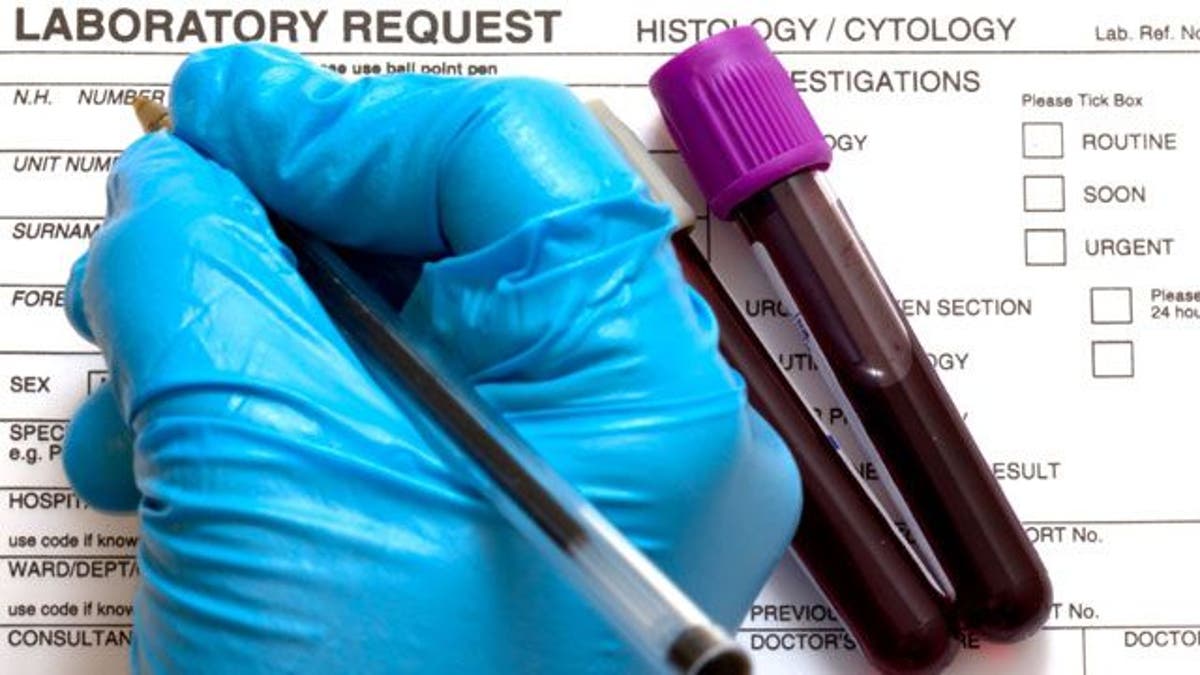
A new DNA blood test may reveal whether or not a heart transplant recipient will experience rejection from a donor organ.
The test can detect small differences in the circulating DNA of both the transplant donor and the recipient, gauging the likelihood of the transplanted organ surviving in its new environment. The developers of the test believe it could potentially eliminate the need for invasive heart biopsies in the future – procedures that transplant recipients must undergo regularly to monitor organ rejection.
“Nationwide, about a quarter to a third of all heart transplant recipients have one or more episodes of acute rejection. It’s quite a clinically relevant problem,” study co-author Kiran Khush, assistant professor of medicine at the Stanford University Medical Center, told FoxNews.com. “Often times, the rejection is completely asymptomatic, which is why we continue to do regular screenings post-transplant.”
In a new study published in the journal Science Translational Medicine, researchers from Stanford University detailed their new test, which focuses on detecting cell-free DNA – pieces of DNA that circulate freely in the bloodstream.
During a transplant procedure, some of the donor’s heart cells are attacked and killed by the recipient’s immune system, causing them to release their genetic material into the blood. If the organ is rejected, a larger portion of heart cells are attacked, releasing a higher percentage of cell-free DNA in the bloodstream.
The DNA test can detect just how much of this donor cell-free DNA is circulating in the blood of transplant recipients.
“What we do is we collect blood from the transplant recipient and donor at the time of transplantation. Their DNA is genotyped, so then we know the sequences of donor and recipient DNA and where they differ,” Khush said. “…We then developed an analytic tool to determine the fraction of the DNA [in the recipient’s blood] that came from the transplant donor.”
In a 2011 pilot study, Khush and her colleagues utilized this test on blood samples from a small group of transplant recipient-donor pairs. After analyzing their medical histories, the researchers found that the transplant recipients who didn’t experience rejection had less than 1 percent of donor DNA in all of the cell-free DNA in their blood. Yet for those who underwent episodes of rejection, the percentage of donor DNA increased to about 3 or 4 percent during the event.
Hoping to expand on these findings, the Stanford team conducted a new, prospective study, analyzing 565 blood samples from 65 transplant patients, whom they monitored over an extended period of time. Using their test, they were able to accurately detect the fraction of donor DNA circulating in each patient’s bloodstream.
Overall, researchers found that they were able to predict two main types of rejection (antibody-mediated rejection and acute cellular rejection) in 24 of the patients who suffered moderate to severe rejection episodes. They also were able to detect signs of rejection up to five months before the traditional biopsies could find anything strange.
Khush and her colleagues hope that once they’ve perfected their test, it could ultimately replace biopsies as a way to monitor rejection in transplant patients in the months following their procedures.
“The patients don’t like having biopsies for obvious reasons, and there are significant limitations of the biopsy, [and they] can be scored differently,” Khush said. “…If we do a blood test, that can be a potential substitute for biopsy and potentially be used in routine screenings for rejection.”
However, Khush said they still need to speed up the process of sequencing both the donor and recipient DNA, which took them up to three weeks to do.
“The techniques we used for sequencing and analysis were very detail oriented,” Khush said. “In order for a clinically relevant test to be available, it would have to have a 24 to 48 hour turnaround time. We’d want to have an answer in one to two days, so it needs to be streamlined so it’s faster.”
Yet once the test is streamlined, Khush said it could potentially be used beyond just heart transplants, monitoring rejection after any major organ transplant procedure.
“The strength of this assay is it’s looking for graft damage, so it could be applicable to any solid organ transplant,” Khush said. “In this study, we were looking specifically at heart transplants, but we’re also doing a parallel study in lung transplantation, and theoretically the same technique could be relevant for any solid organ transplant.”
